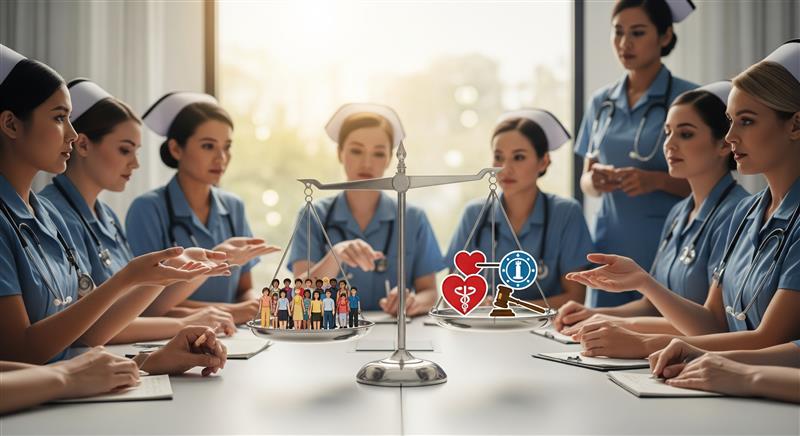- Oak Brook:(630) 705-9999
- Chicago:(312) 920-8822
- Email:inquiry@vervecollege.edu
- Make a Payment
- Home
- Programs
- Admission
- Resources
- ATI Entrance Exam Resources
- New E-Digital Library
- Refer a Friend
- School Newsletter
- Events
- Employers
- Job-Network
- Alpha Beta Kappa Candidates
- Verve College Library
- Graduation and Pinning Ceremony Photo Galleries
- Textbook Information
- Career Services
- Tutoring
- School Catalog
- FAQ
- Constitution Day Program
- Alumni
- Verve College Plans
- Financial Aid
- HEERF Reporting
- Satisfactory Academic Progress
- Apply For Financial Aid
- Net Price Calculator
- Return of Title IV Funds (R2T4)
- Financial Aid Office Code of Conduct
- Contact
- FAQs
- Verification Policy
- Vaccination Policy
- Student Right-to-Know Act
- Misrepresentation
- Information Security Program
- Academic Award Year
- Availability of Employee
- Cost of Attendance
- Health & Safety Exemption Requirement
- Students Rights and Responsibilities
- Leave of Absence
- Pell Formula
- Military Students
- Grants/ Scholarship Policy
- Contact Us
- Testimonials
- Blog
Is a Nursing Career Right For You?
Take The Free Quiz
Role of Patient Mobility in Hospitals: Enhancing Recovery and Reducing Complications
Role of Patient Mobility in Hospitals: Enhancing Recovery and Reducing Complications
Imagine a room in a hospital in which healing extends beyond medication and machines, where mobility is the unrecognized hero of healing. In an age where the patient care system is constantly evolving one aspect remains vital but is often neglected patient mobility in hospitals. From the initial hesitant actions after surgery to the routines in daily life that keep patients active, mobility plays an integral role in speeding the recovery process and reducing complications. We will explore how getting medical patients moving can not only improve their physical fitness but also improve their overall experience within the walls of hospitals. Find out why walking, often thought of as an unimportant daily activity can be an effective solution to improve results! LPN schools near me play an important role for prospective students to acquire proper knowledge about patient mobility.
Introduction to the Mobility of Patients in Hospitals
In the busy surroundings of a patient mobility in hospitals might not be a top need. But, it plays a vital role in the recovery process as well as overall outcomes for health. Moving, no matter if it’s lying down or taking those first steps can significantly impact how quickly patients recover. As a variety of health care continues to change it is important to understand the importance of mobility in patients is vital for doctors and their families at nursing homes.
Imagine a world in which everyone is confident in their ability to manage their recovery by moving. This isn’t just an abstract concept; it’s supported by studies that show that active participation in the treatment of patients can help reduce problems and speed up recovery. With increasing focus on patient-centered healthcare, hospitals are becoming more aware of the importance of encouraging movement to make a huge difference in clinical settings.
Join us as we discuss how promoting patient mobility in hospitals within the walls of hospitals is vital, not just for improving recovery, but also to help create an environment that is conducive to healing. It doesn’t matter if you’re looking into the accredited LPN programs or nursing assistant programs in Illinois — or you’re just curious about the subject, the insights provided in this article will help you understand the transforming practices that are taking place right now within our healthcare system.
Importance of Mobility for Patients in the Recovery Process and in the Reduction of Complications
Mobility is crucial for healing in the hospital and health care setting. If patients are active, they increase circulation and increase the flow of oxygen to their tissues. This helps speed healing and improves overall health.
Additionally, being active can help reduce the risk of complications such as deep vein thrombosis (DVT) and pneumonia. These diseases can be caused by being inactive, and pose serious dangers to the health of patients.
In addition, increased patient mobility in hospitals increases the strength of your muscles. In the majority of cases, weakness is a result of extended bed rest, which can make the task more difficult later. By encouraging movement at the beginning of the healing course, healthcare facilities can increase the patients’ ability to live independently faster.
Additionally, interacting with health professionals in functional mobility activities helps to foster a positive attitude. Patients who feel at ease are more likely to be involved in their treatment journey. This type of teamwork does not just improve physical outcomes, but it can also significantly improve emotional stability throughout the healing process.
The benefits of early mobilization for patients
Early mobilization is a game changer in the health care of patients. It allows for movement as soon as possible following surgery or illness and sets the stage for faster recovery.
Patients who take part in early mobility have lower pain levels. The gentle movements can increase circulation, which helps to ease pain and promote healing.
Furthermore, early mobilization can improve the respiratory system. In enticing patients to sit upright or walk a short distance the lung capacity of their patients improves and reduces the risk of developing pneumonia.
Conclusion
The significance of the v can’t be overemphasized. It is a crucial factor in improving healing and reducing the risk of complications for patients. When patients are encouraged to move even a little their bodies respond positively. Moving early can significantly lower the chance of problems such as deep vein thrombosis as well as pneumonia.
Healthcare systems should prioritize strategies to encourage mobility for hospitalized patients. This can be achieved by the use of assistive devices, making sure there are appropriate positioning incorporating physical therapy into treatment strategies, and encouraging patients to walk whenever it is possible. These measures do not just empower patients, but also create the right environment for healing.
Healthcare professionals play an essential function in the process in long-term care facilities. Their experience and expertise can make all the difference in giving support and direction during the journey of a patient towards recovery.
The advancements in technology are further improving the safety of patients during mobilization. Monitoring systems that monitor the patient’s progress help to track progress and reduce the risk associated with movements.
 Sign up
Sign up Login
Login




